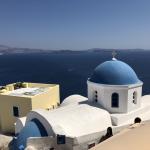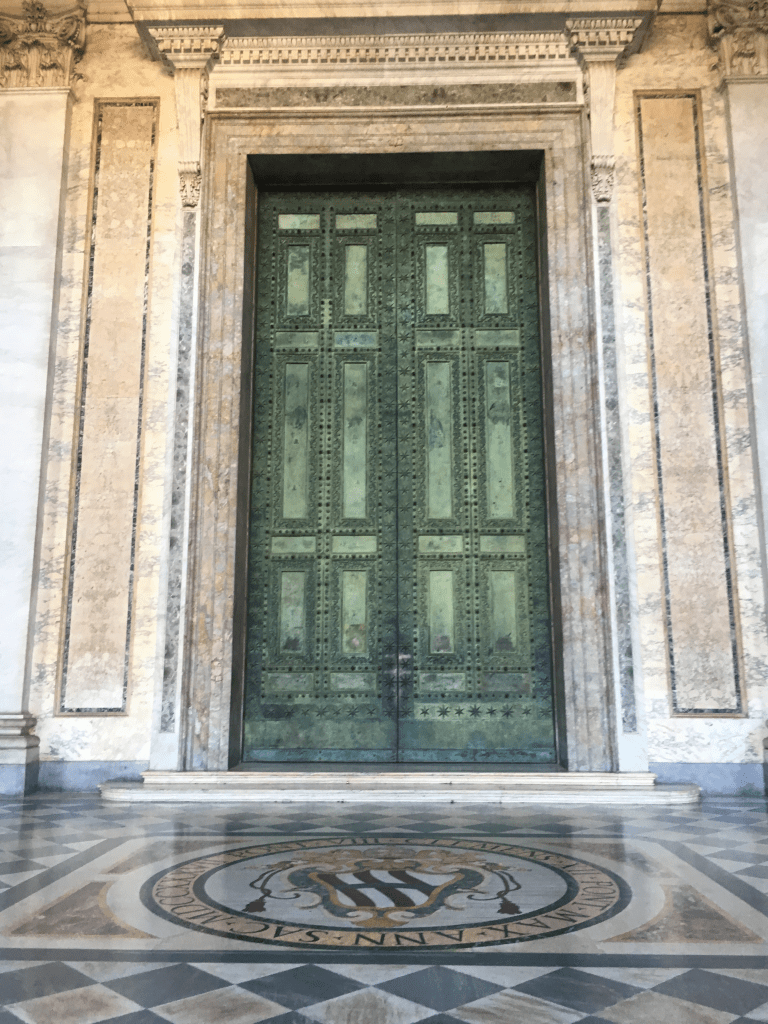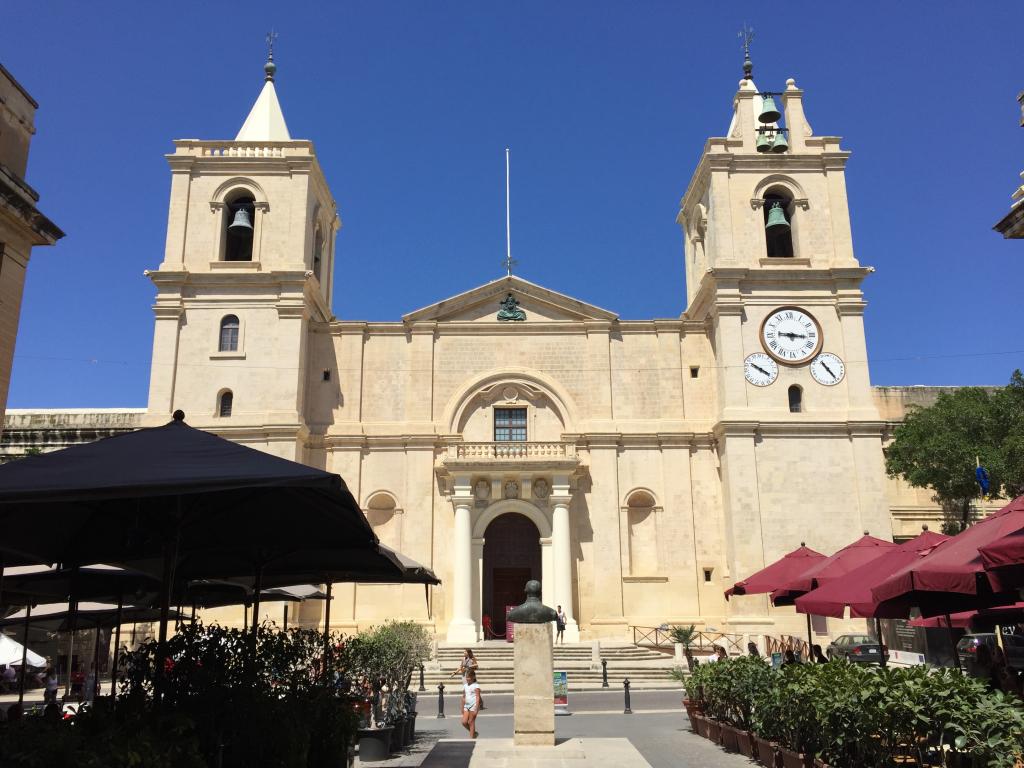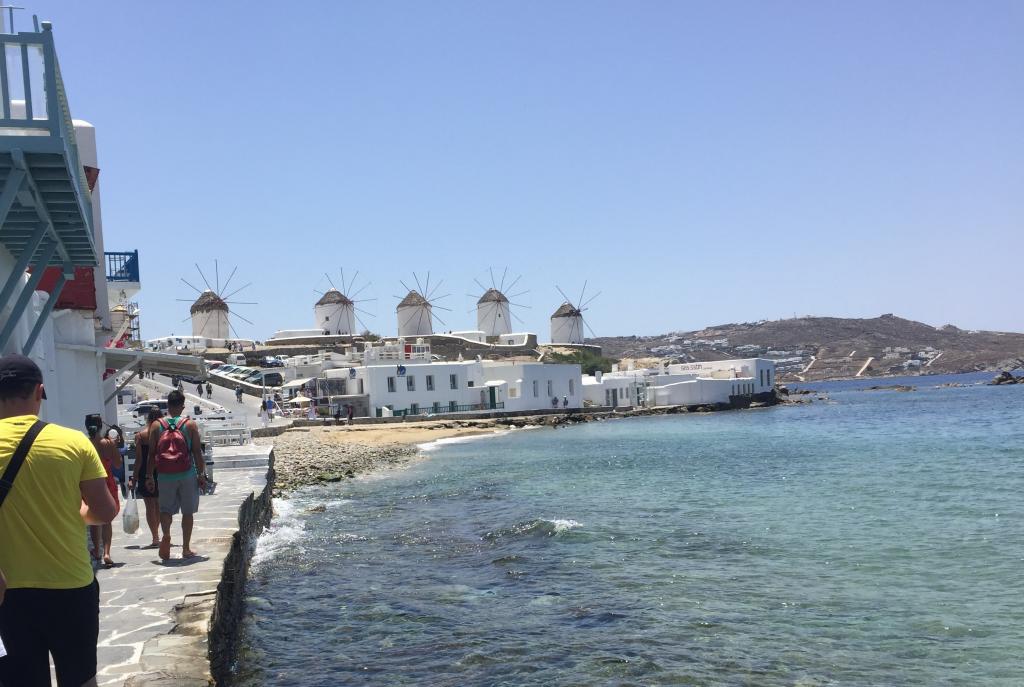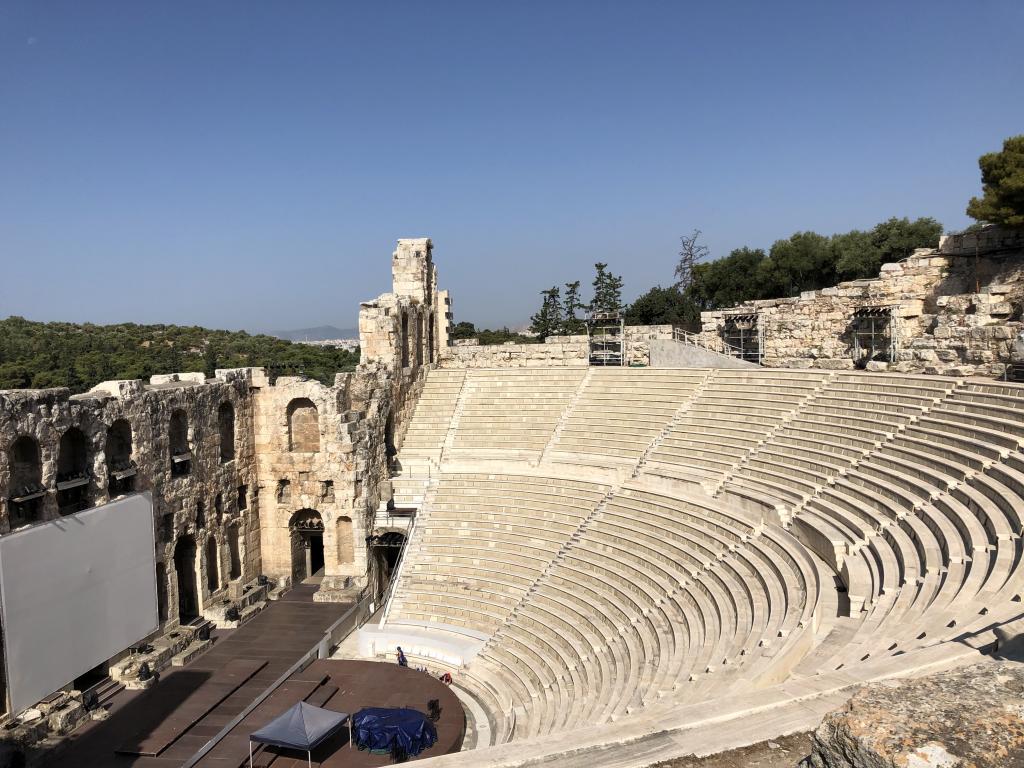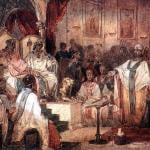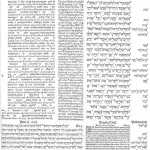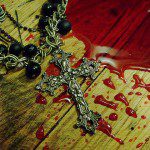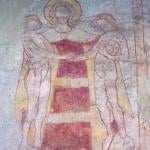So I promised, upon getting back from our vacation, that I would write about it. And, yes, you, dear readers, may not be particularly interested in it in any event, but I wanted to pull together some of my favorite pictures and my observations. As a side note, yes, we did take pictures with some combination of my husband, my son, and/or myself in them, but I’m choosing not to post these on the blog.
Day 1: Montreal.
Here’s the background: we made the decision to go on the cruise fairly late in the game, all things considered. It was a money-saver compared to booking earlier (the same cruise, if booked for 2020, would have been considerably more expensive, so I presume that the same would have been true for our cruise, purchased more in advance) but the flights to Rome were not as cheap and convenient as we would have liked and, in turns out, the best-priced tickets included a red eye to Montreal, landing at 9:30 AM, and a flight from there to Rome that evening. So we took advantage of the opportunity to be tourists in Montreal for the day, taking the express bus into the city, walking around Chinatown and the Old Town area and the riverfront, then towards McGill (but then running out of steam, getting muffins at a local Starbucks, and taking the bus back to the airport). Sadly, we did not pass a Tim Horton’s at any point during our walking-around, even though we did on the bus into the city. Here’s a picture of the Old Town, though what you can’t see is that the street was all ripped up; in fact, one of the main streets downtown was also wholly ripped up.

Day 2: Rome.
The logistics of a cruise leaving from Rome are that the port of departure is actually Civitiavecchia, an hour-ish train ride away. The cruise ship is happy to charge big bucks for a bus from the airport to the port, and taxis are similarly pricy. I wanted to avoid these costs but also wanted to avoid either a hotel immediately near the main train station or taxis back and forth, so I did some looking and found that the route from the port to the Termini station and the route from the airport, overlapped at two other stations, Ostiense and Trastevere, so I looked at booking.com for hotels which were within easy walking distance of these two stations. Some of them were more hostel than hotel, and some were so close that reviewers complained about the noise, but I made a reservation at one of the cheaper ones that was still a “real” hotel with a 24-hour reception, a bathroom in the room rather than shared, and breakfast included – the Hotel Pyramid, so named because it is a short distance from the Pyramid of Cestius, and from the “Piramid” metro stop.

So after we collected our luggage (and with a quick stop at the tourist office for a couple booklets), we found the airport train station, got tickets into the city (8 EUR for the 1/2 hour trip), and, at the Ostiense train station, picked up a map of Rome from the vendor. We then pulled our luggage to the hotel and (since it was too early to check in) stored our luggage and went off to explore the city. (Some side comments: it was a hassle to pull/drag the suitcases, and I wished I had purchased new, easier-to-pull suitcases, and I second-guessed the usefulness of a walking-distance hotel vs. just taking a taxi. But then again, there were taxi stands at the train station but they might have been harder to come by at the hotel so it was fine, in the end, I guess.)
In any event, we walked along the main road into the city center, found a busy restaurant (under the approach that busy = popular = good) for lunch, then continued further and toured the Roman Forum and the Colosseum. Readers will likely not be surprised when I say that it requires quite some imagination to get some meaning out of the Forum, other than the intellectual understanding that it was the center of Roman government, once upon a time.
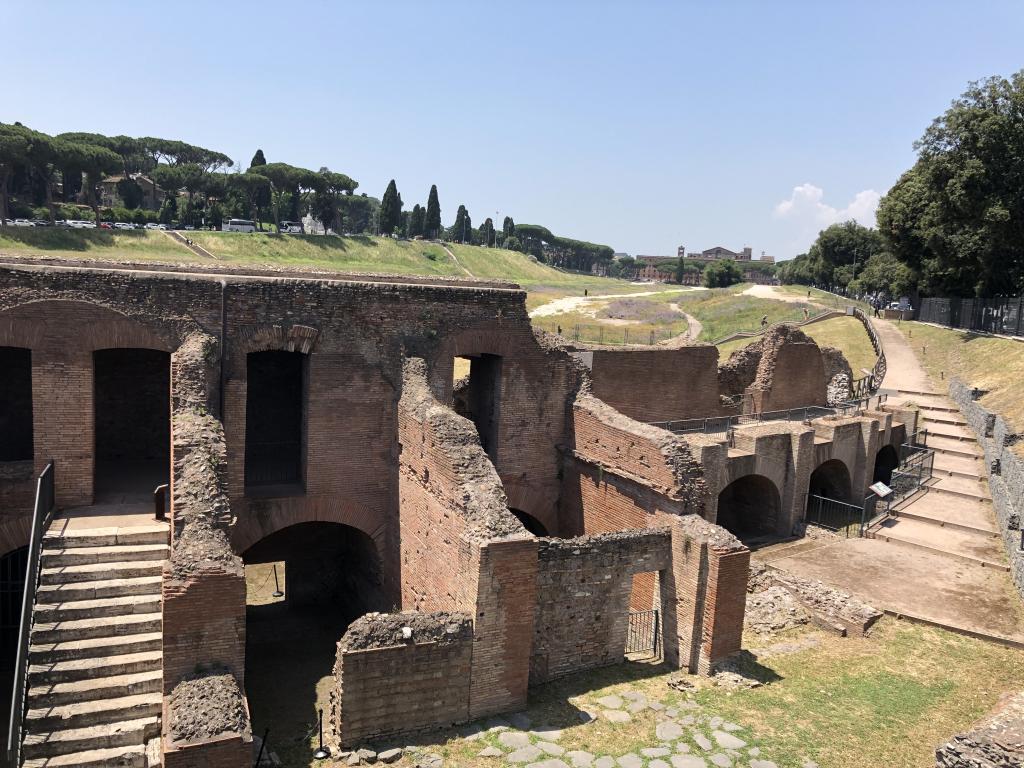
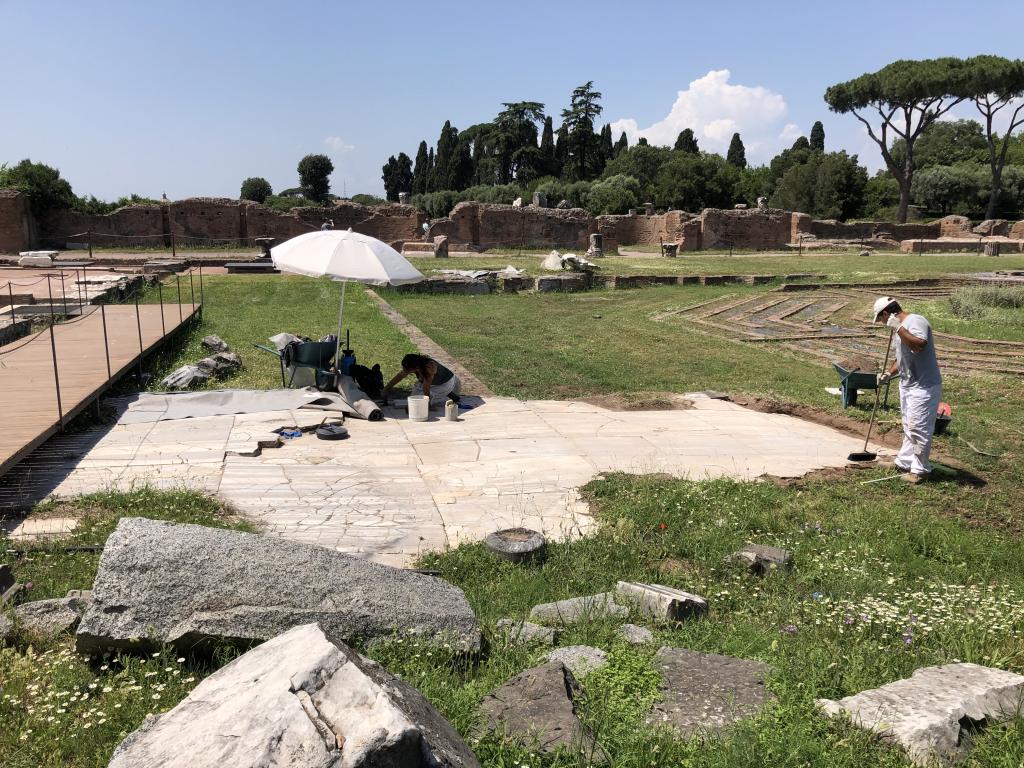
And the Colosseum? You know, I’d read plenty often about the engineering marvels of the Colosseum, but you sure as heck can’t see any of that at the site. In the displays about the history of the building, I found myself more drawn to the medieval history of the building.

Here’s Wikipedia which tells a similar story.
The Colosseum underwent several radical changes of use. By the late 6th century a small chapel had been built into the structure of the amphitheater, though this apparently did not confer any particular religious significance on the building as a whole. The arena was converted into a cemetery. The numerous vaulted spaces in the arcades under the seating were converted into housing and workshops, and are recorded as still being rented out as late as the 12th century. [I recall the displays also mentioning stables, but I could be wrong.]Around 1200 the Frangipani family took over the Colosseum and fortified it, apparently using it as a castle.
Severe damage was inflicted on the Colosseum by the great earthquake in 1349, causing the outer south side, lying on a less stable alluvial terrain, to collapse. Much of the tumbled stone was reused to build palaces, churches, hospitals and other buildings elsewhere in Rome. A religious order moved into the northern third of the Colosseum in the mid-14th century [25] and continued to inhabit it until as late as the early 19th century. The interior of the amphitheater was extensively stripped of stone, which was reused elsewhere, or (in the case of the marble façade) was burned to make quicklime.[19] The bronze clamps which held the stonework together were pried or hacked out of the walls, leaving numerous pockmarks which still scar the building today.
During the 16th and 17th century, Church officials sought a productive role for the Colosseum. Pope Sixtus V (1585–1590) planned to turn the building into a wool factory to provide employment for Rome’s prostitutes, though this proposal fell through with his premature death.[26] In 1671 Cardinal Altieri authorized its use for bullfights; a public outcry caused the idea to be hastily abandoned.In 1749, Pope Benedict XIV endorsed the view that the Colosseum was a sacred site where early Christians had been martyred. He forbade the use of the Colosseum as a quarry and consecrated the building to the Passion of Christ and installed Stations of the Cross, declaring it sanctified by the blood of the Christian martyrs who perished there (see Significance in Christianity). However, there is no historical evidence to support Benedict’s claim, nor is there even any evidence that anyone before the 16th century suggested this might be the case; the Catholic Encyclopedia concludes that there are no historical grounds for the supposition, other than the reasonably plausible conjecture that some of the many martyrs may well have been.[27]Later popes initiated various stabilization and restoration projects, removing the extensive vegetation which had overgrown the structure and threatened to damage it further. The façade was reinforced with triangular brick wedges in 1807 and 1827, and the interior was repaired in 1831, 1846 and in the 1930s. The arena substructure was partly excavated in 1810–1814 and 1874 and was fully exposed under Benito Mussolini in the 1930s.[19]
Does it trouble you that this extraordinary building was stripped, then its shell put to such mundane uses? Is that any different than the fact that in 2019, we completely demolish our unused stadiums?
(Another side note: I generally struggle quite a bit with jet lag, and on our last trip 3 years ago, I was exhausted the day of our arrival. This time around, the night before we left, I took half a Bonine motion sickness pill. I don’t know particularly much how much difference it made, but for what it’s worth, I figured any help falling asleep super-early (8 pm) the night before we left, would be a positive thing, and, in fact, I was a bit drowsy even still while we were bopping around Montreal, and had no difficulty sleeping on the plane overnight, and was more successful powering through the day in Rome than is typically the case for my first day in Europe.)
Eventually we went back to the hotel via taxi (it was reasonably inexpensive, especially relative to the cost for the three of us on the subway) and checked in — unfortunately, doing so, so late in the day meant that we ended up on the 4th floor of a non-elevator building. We rested for a bit, then had dinner at (I know, I know) the Burger King on the corner, then surfed the internet on our devices with the hotel WiFi, to try to stay up a little more until we finally crashed.
Day 3: more Rome.
We stared off with St. Peter’s, though our timing wasn’t great, as it was a morning of a Papal Audience. The audience was at 10:00, and we arrived at 10:15, hearing the final bits of a prayer over the loudspeaker, and not much more. (Was that really all there was? I’m second-guessing myself. Fun fact: for our honeymoon, we were in Rome; then the audience was in a large auditorium instead of on St. Peter’s Square itself. I subsequently read that it’s Francis’s preference to have the outdoor audiences, even in bad weather, and it’s not entirely clear why that should be; after all, Francis and whatever dignitaries should be there, are in covered areas, but the rest of the audience is exposed to the heat and the elements, which, I’m sorry, seems kind of mean. Maybe it’s meant to be more authentic to be in a more spiritually meaningful place, maybe the point is to let more people observe from outside the seating area; I don’t know. Anyway, we knew there were issues around long lines, so we decided that, however long the wait would be, we would in fact wait for the basilica to be opened up, which occurred at 11:30 or so. (Annoyingly, I waited in a line on behalf of the three of us, not wanting to have even more waiting afterwards due to waits for security screening, but it turned out that when they opened it up, we had all been screened already anyway, so there was no second screening required and everyone in the square was just let in.)
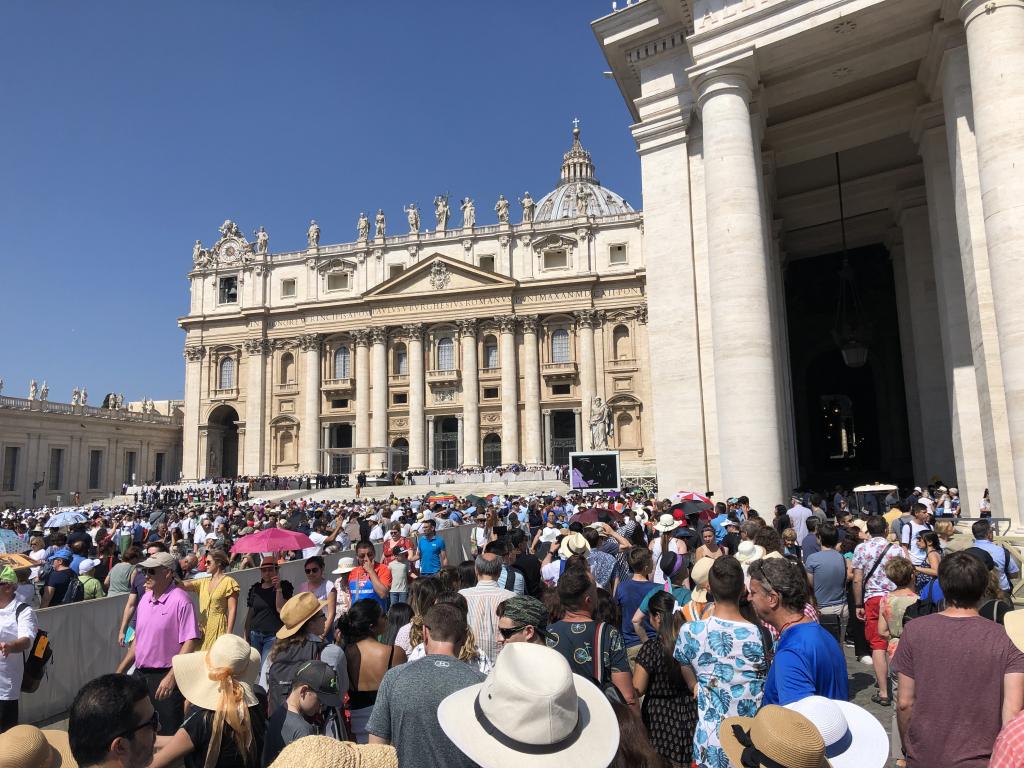
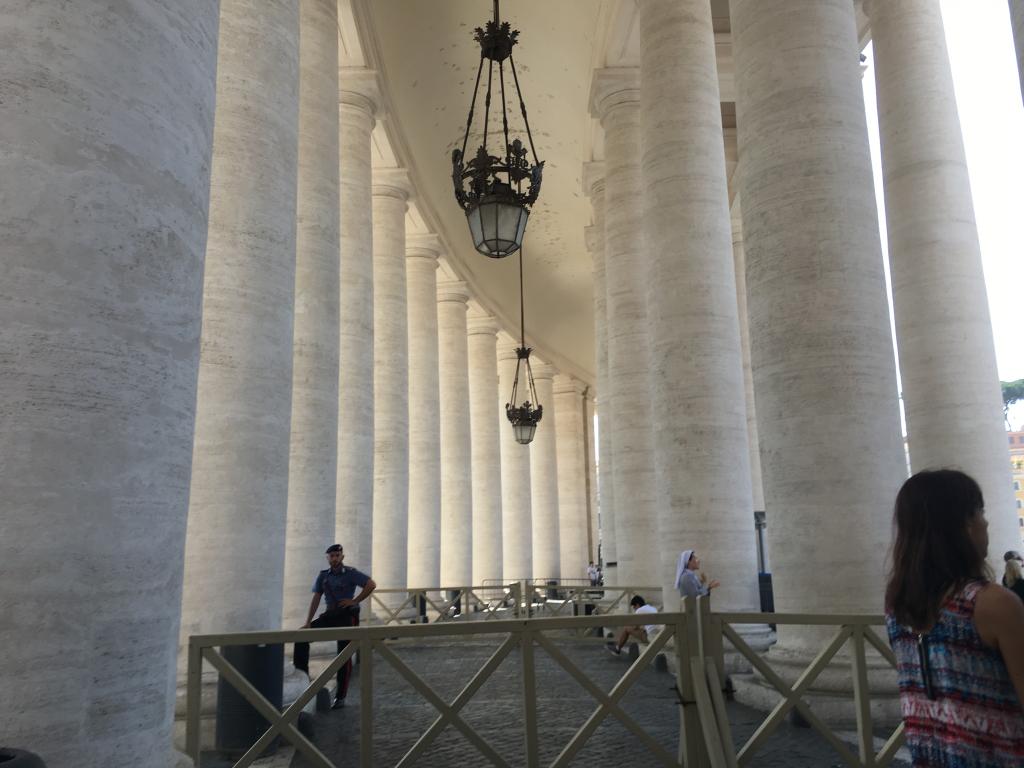

After having been at the Forum the day before, we contemplated the fact that the best way to imagine the way that complex of buildings looked, was to envision a whole slew of St. Peter’s Squares.


Lots of men and women in religious habits . . . and I have to admit to being curious as to what he was listening to.

A view down the road – there were a lot of soldiers standing guard at the various historic/tourist sites.
Then we found a fast-food-like pizzeria for lunch, and I was all set to do more exploring, but, well, in order to pass muster dress-code wise, I was wearing slacks and my husband and son, jeans, and we were hot, the two of them in particular, so we went back to the hotel, changed, took a nap, and then headed into town again. (The hotel was decently close to a subway station, and the subway was fairly cheap, EUR 1.50 per person per trip.) We started with an approach of “let’s just see where we end up” and ended up in the Magnificent Mile-equivalent with the Lego Store and progressively-snootier brands, until we wound up at the Spanish Steps. But we were also intimidated by the snootiness of the restaurants, so we ended up eating dinner at McDonalds.

(Presumably, the military somewhat randomly chose to park their vehicle in front of the Lego Store rather than believing that it specifically needed special protection.)
Images: all my own photographs



